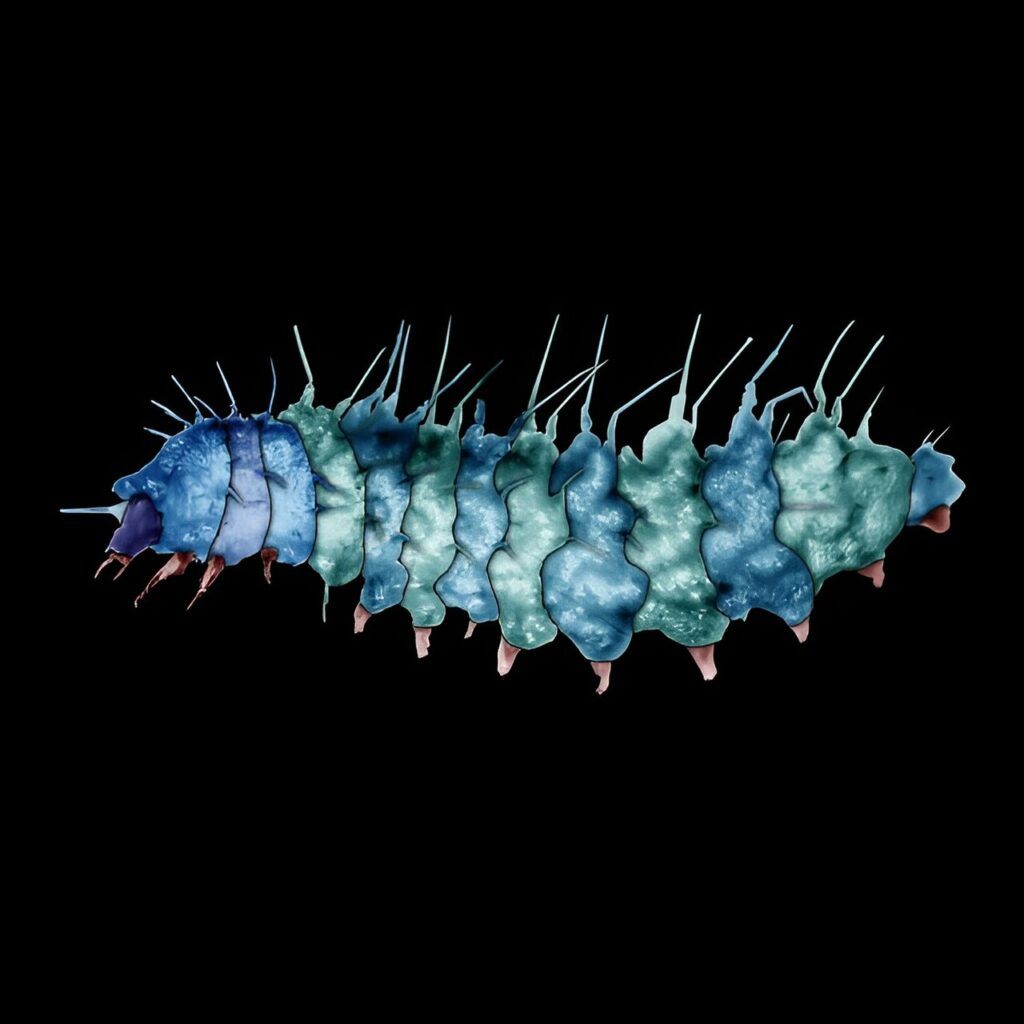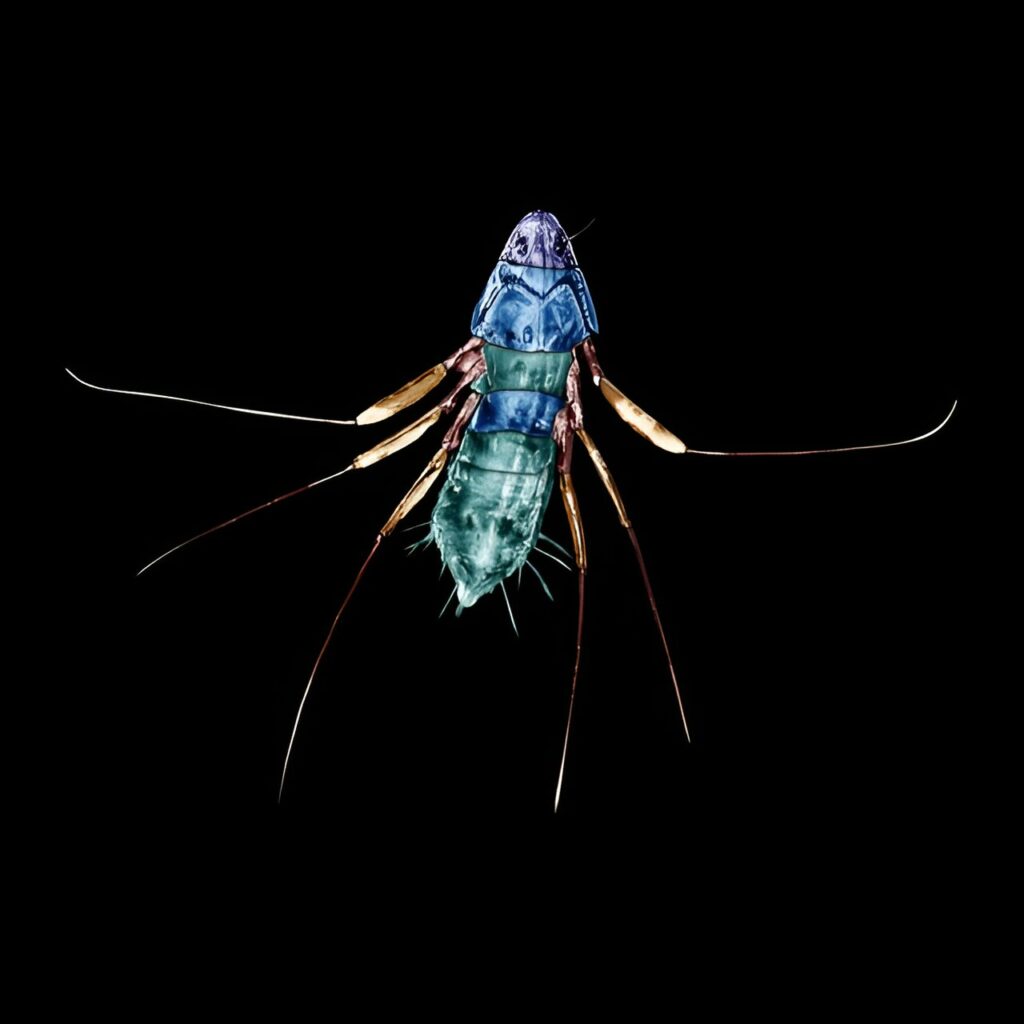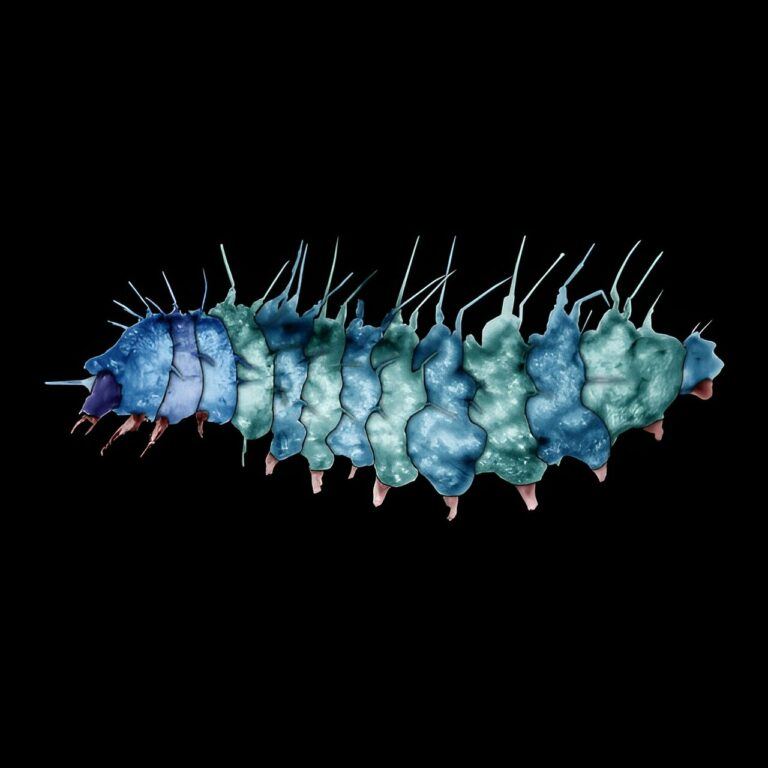Amber analyses reveal a diverse range of defense strategies employed by insects during the Cretaceous period.
Examinations of amber indicate that insect larvae, 100 million years ago, exhibited a broad array of tactics to safeguard themselves from predators. The early life stages of insects play crucial roles in ecosystems, contributing to processes such as decomposition, soil formation, and the recycling of various elements.
Additionally, they serve as a primary food source for larger animals like birds and mammals. In response to the constant threat of predation, many insect larvae have evolved defensive structures and strategies over the course of millions of years. These adaptations encompass features such as spines and hairs, as well as methods like camouflage and concealment.
Researchers from LMU, along with the universities of Greifswald and Rostock, have closely examined remarkably well-preserved fossils from Burmese amber. Their findings demonstrate that diverse forms of anti-predator mechanisms had already emerged in insect larvae during the Cretaceous period. Among these strategies are familiar ones, such as the approach adopted by lacewing larvae, which carry a variety of plant and animal materials on their backs for camouflage, and the tactic of mimicking the appearance of specific plant parts.

“The discovery of the oldest larva of a scorpionfly is a particularly remarkable instance, representing the second-ever fossil found with specialized hairs on its back for affixing camouflage material,” states Professor Carolin Haug, the lead author of the article and a zoologist at the Faculty of Biology. Another noteworthy example involves sawfly larvae that resided within leaves, crafting tunnels as they consumed the leaf’s delicate interior.
In essence, the research underscores the existence of a diverse array of strategies employed by insect larvae to protect themselves from predators 100 million years ago. “Examining the diversity of historical adaptations and the appearance and disappearance of various morphologies enhances our understanding of these processes, especially in light of the ongoing biodiversity crisis,” adds Haug.

This article is republished from PhysORG under a Creative Commons license. Read the original article.
Do not forget to share your opinion with us to provide you with the best posts !




0 Comments